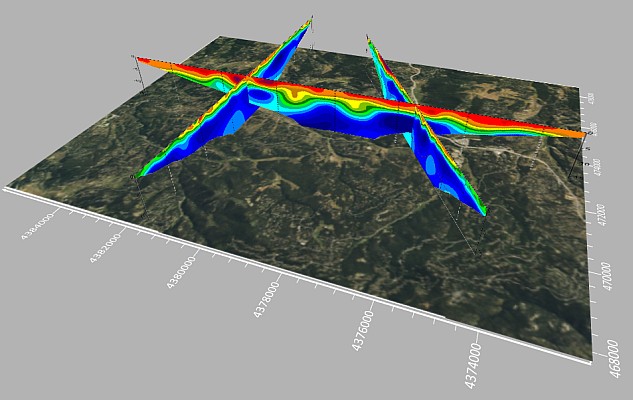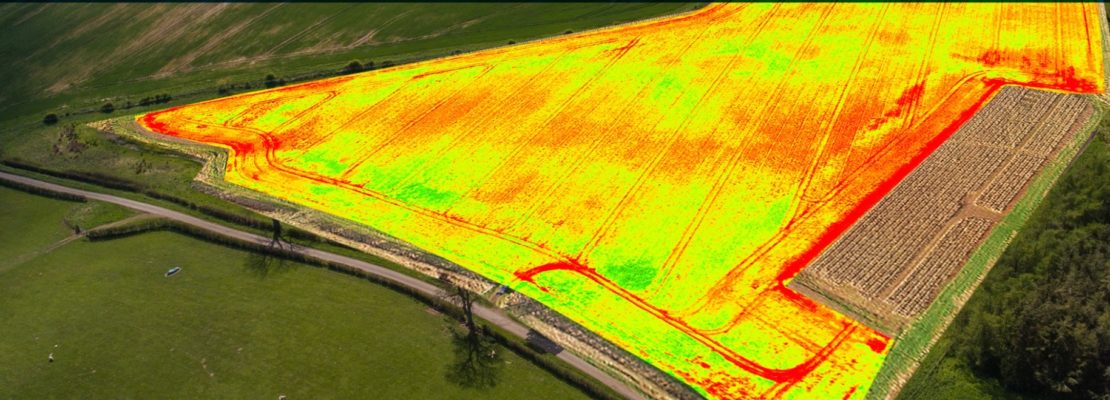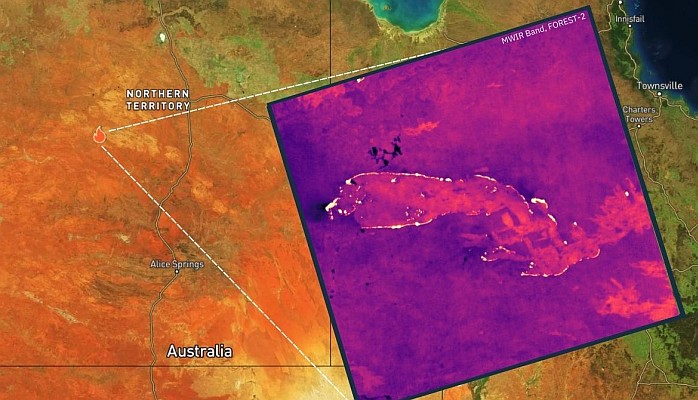The Contour Connection Method: Inventorying and Classifying Landslides using Bare Earth Lidar

A new algorithm for automated landslide inventorying, named the Contour Connection Method (CCM), has been developed that relies on simplified morphological features for analysis. Previous landslide mapping techniques have included field inventorying, photogrammetry, and use of bare-earth (BE) lidar Digital Elevation Models (DEMs) to highlight regions of instability. However, many of these techniques do not have sufficient accuracy, resolution or consistency for inventorying landslide deposits on a landscape scale – with the exception being use of lidar bare earth digital elevation models (DEMs). These DEMs can reveal the landscape beneath vegetation and other obstructions, highlighting landslide features, including scarps, deposits, fans and more.
Current approaches to landslide inventorying with lidar include manual delineation, where a geologist must painstakingly mark hundreds, maybe thousands of landslide features using GIS tools, only to have inventoried slope failures in a small area of land. Statistical or machine learning approaches have been used to “train” computers to use complex parameters to find landslides using a DEM, but this often requires an exceptional amount of experience, computer training or complex parameters.
These approaches are important to defining an inventory, yet there are drawbacks – manual inventorying is extremely time-consuming and subjective; machine-learning approaches are not necessarily intuitive or simple to apply. Despite current collaborative efforts between computer scientists, geographers, engineers and geologists to expediently inventory current landslides, we are at a bottleneck. That is, the public sees the importance of inventorying past landslides, the same way flood maps or tsunami zones are widely available, but we are not yet of capacity to do so.
Continue reading on LiDARnews.com
See also this LiDAR news archive
Source: GISuser






